Apple Watch Series 3 vs Apple Watch Series 1: Should you spend more?
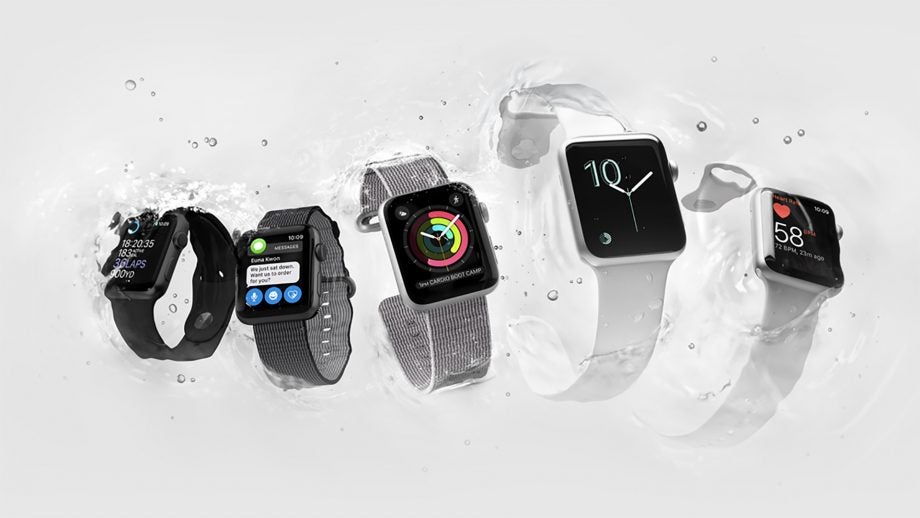
Apple Watch Series 3 vs Apple Watch Series 1: With two different Apple Watch models now available, what are the differences and is it worth spending extra for the latest model?
When Apple debuted the new Apple Watch Series 3, it came as a surprise to some that the Apple Watch Series 1 would remain on sale. That was until it became clear that the difference between the Apple Watch Series 2 and Apple Watch Series 3 was not that pronounced.
It therefore made perfect sense to keep the cheaper Apple Watch Series 1 model around as an alternative for those not wanting to spend big money on the latest model. So with two models of Apple Watch still on sale, you might be wondering what the differences are.
Thankfully, this article will answer just that very question.
Related: Amazon Prime Day 2019
Apple Watch 3 vs Apple Watch 1 – Design and display
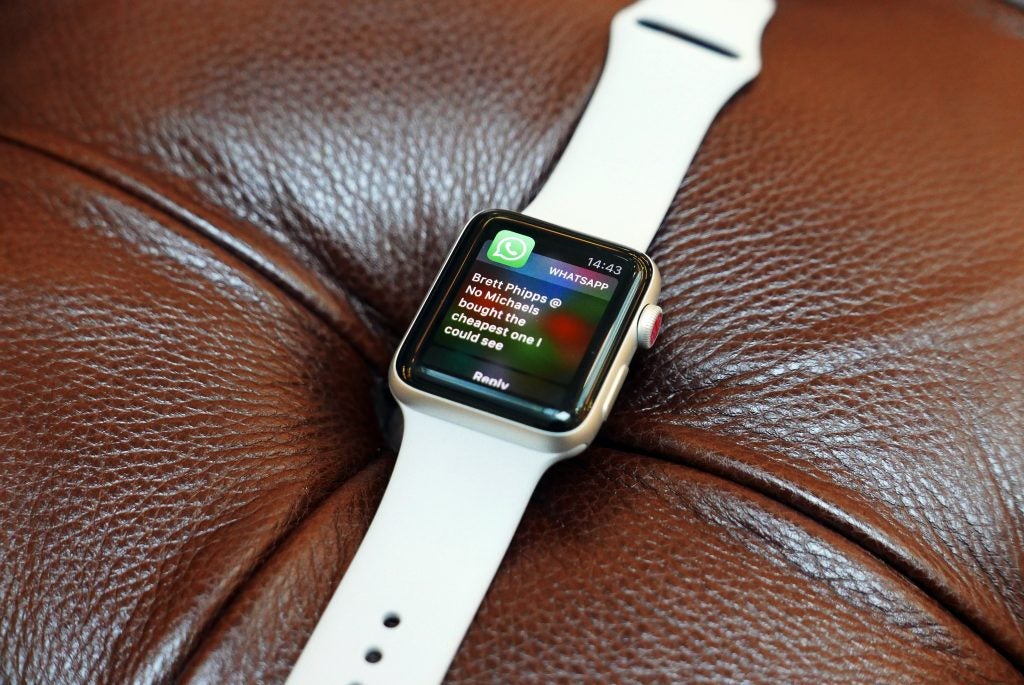
While the Apple Watch has gone through multiple iterations, one thing has remained consistent all the way back to the first model: the design. Apple is still one of few companies to stick to a squared-off design when everyone else is opting for circular faces. There are still 38mm and 42mm options for both models, catering for different wrist sizes or those who prefer smaller or larger watch faces.
Owing to having more tech inside (which I’ll come to), the newer Apple Watch Series 3 is thicker than the Series 1, but there’s really not much in it unless you’re really looking.
Remaining consistent is the rotating digital crown on the side of the watch. Not only does the rotating crown let you scroll through lists and menus, it acts as a button and a shortcut to your last-used app. The Series 3 also has an instantly recognisable red digital crown for the more expensive LTE model, too.
Below this is a side button that provides access to your other recent or favourite apps. A double press activates Apple Pay, too. There’s also a heart rate monitor on the back of both models.
Related: Apple Watch Series 3 vs Apple Watch Series 2
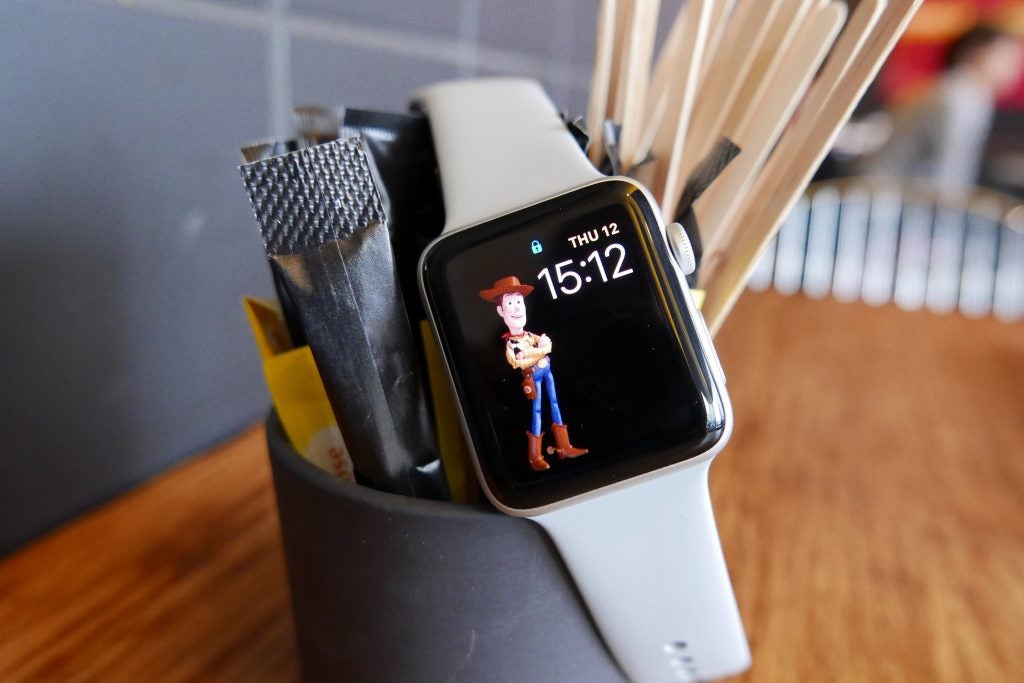
Where the big difference arises is around the display, namely around brightness. Both models have the same resolution 272 x 340 pixels (38mm) or 312 x 390 pixels (42mm) OLED displays, but the Series 3 is much, much brighter. More than double in fact.
Where the Series 1 makes do with a 450 nits brightness screen, the Series 3 can reach 1000 nits. That makes the Series 3 much easier to view when outdoors under bright sunlight. For comparison, that’s as bright as a good HDR-enabled TV can go. It’s a very tangible improvement.
The other major difference between models is around water resistance. Where the Apple Watch Series 1 is only splash-resistant – meaning you shouldn’t shower let alone swim with it – the Apple Watch Series 3 can handle being submerged to 50 metres and makes for a great swimming companion.
Related: Fitbit Ionic review
Apple Watch 3 vs Apple Watch 1 – Sensors and specifications
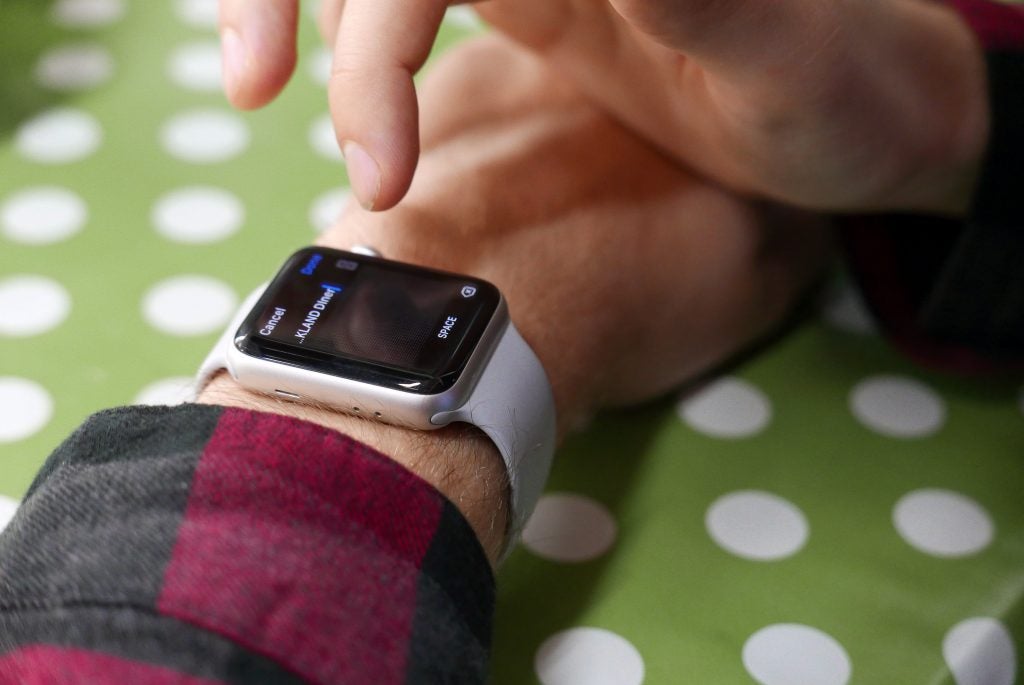
When Apple debuted the Apple Watch Series 2, it quietly announced the original Apple Watch had also been upgraded as the Apple Watch Series 1 (which is the model that remains on sale today). The big change was to the processor running the show, which got upgraded to a dual-core S1P, delivering double the performance of the original.
For the Apple Watch Series 3, Apple revealed a new S3 processor, which offers 70% more performance than the S1P seen in the Apple Watch Series 1. While apps do indeed open faster than before, the main reason for that extra grunt is to now let Siri talk back through the Apple Watch Series 3’s speaker. Now when you ask the digital assistant a question or make a request, you’ll get certain responses back audibly, whereas you’ll just be staring at your screen with the Series 1. While it’s a useful convenience, not having it isn’t exactly a deal breaker.
The Series 3 has the distinct advantage elsewhere, though, especially for fitness enthusiasts. This is because it contains both a GPS/GLONASS sensor and an altimeter. This means accurate location tracking without the need for a phone, as well as elevation data for flights of stairs you climb or hills you sprint up. It makes for much richer information for your workouts and activity.
Related: What is HIIT?
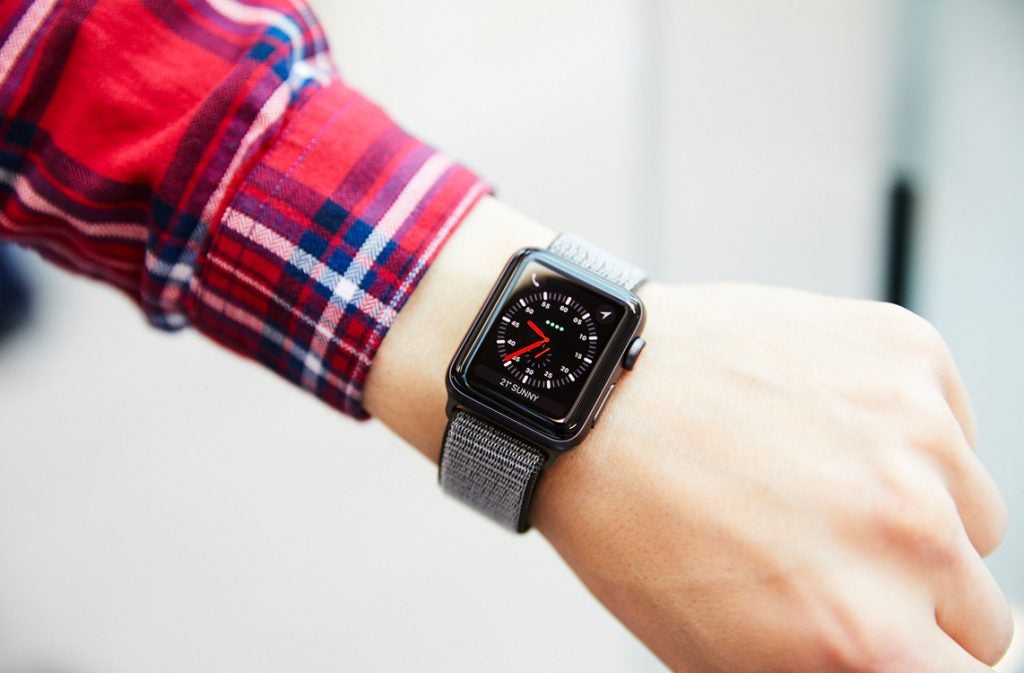
Finally, LTE was the headline feature of the new Series 3. The Apple Watch Series 3 is available in two models: the Apple Watch Series 3 GPS + Cellular and the cheaper Apple Watch Series 3 + GPS. The former will require you to take out a separate smartwatch data plan but means your Apple Watch Series 3 can have its own LTE connection for always-on connectivity (wherever you have reception).
This makes for a more phone-free experience, ensuring you can still make and receive calls and messages, or any other activity that requires a data connection, without your phone in tow. By using an eSIM the Apple Watch Series 3 will share the same phone number as your iPhone, too.
There’s also a difference in storage capacity depending on model, too. While the Series 1 and Series 3 + GPS both have 8GB of storage, you actually get 16GB if you opt for the priciest Series 3 GPS + Cellular option. That means more space for your Apple Music library.
Related: What is VO2 Max?
Apple Watch 3 vs Apple Watch 1 – Battery life
Both models should offer the same battery life under the same conditions – namely Apple rates this at 18 hours of mixed usage. I’ve actually found this rather conservative and often hit two days of light use. It’s when you use the GPS and LTE of the Series 3 that battery life is considerably shorter. You can expect about 5 hours of GPS tracking or 4 hours when using both GPS and LTE, for example.
Apple Watch 3 vs Apple Watch 1 – Price and value for money
The Apple Watch Series 1 is available from £249 (38mm) or £279 (42mm). The Apple Watch Series 3 GPS starts from £329 (38mm) or £359 (42mm). The Apple Watch Series 3 GPS + LTE starts from £399 (38mm) or £429 (42mm).
Related: Best smartwatches
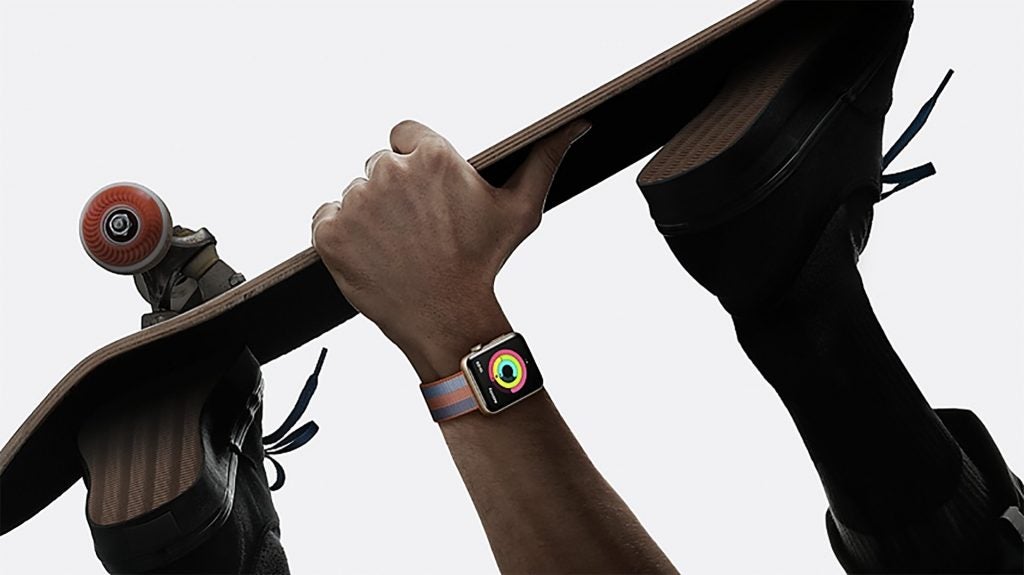
While not everyone will want to spend extra for the GPS + LTE model of the Apple Watch Series 3, the leap from the Series 1 to the cheapest Series 3 model is pretty big. The display is considerably better thanks to the brightness, performance is boosted and the GPS and altimeter are worth it for exercise fans. That’s not forgetting the water-resistance. Even if you’re not a swimmer you’ll appreciate not having to take your Apple Watch off to shower.
If you can stretch, I’d say it’s worth going for the Apple Watch Series 3 + GPS if you can.
Apple Watch 3 vs Apple Watch 1 summary – What’s the difference?
For a quick breakdown of the key differences between the two smartwatches, here’s what you need to know.
Design: The design is almost identical, with only a tiny, fractional change in size. Considering everything that’s squeezed into the Apple Watch 3, that’s pretty impressive. The LTE version of the Apple Watch 3 can easily be identified by the red digital crown. The Series 3 has the much brighter display.
Specs: The Apple Watch 3 promises 70% faster performance than the S1P processor in the Series 1. There’s also 85% better Wi-Fi performance and 50% better wireless energy efficiency. The Series 3 also includes an LTE cellular connection for the first time and an altimeter for elevation data during outdoor activities.
Battery life: Battery life is said to be the same between both models.
Price: The Apple Watch 3 will cost $329/£329 (38mm) £369/$369 (42mm) for non-cellular and $399/£399 (38mm) £429/$429 (42mm) for the LTE model. The Apple Watch 1 is available for £249 (38mm) or £279 (42mm).
Related: Apple Watch Series 3 vs Fitbit Ionic
What do you think? Are you going to go for an Apple Watch Series 1 or Apple Watch Series 3? Let us know on Facebook or Twitter.


